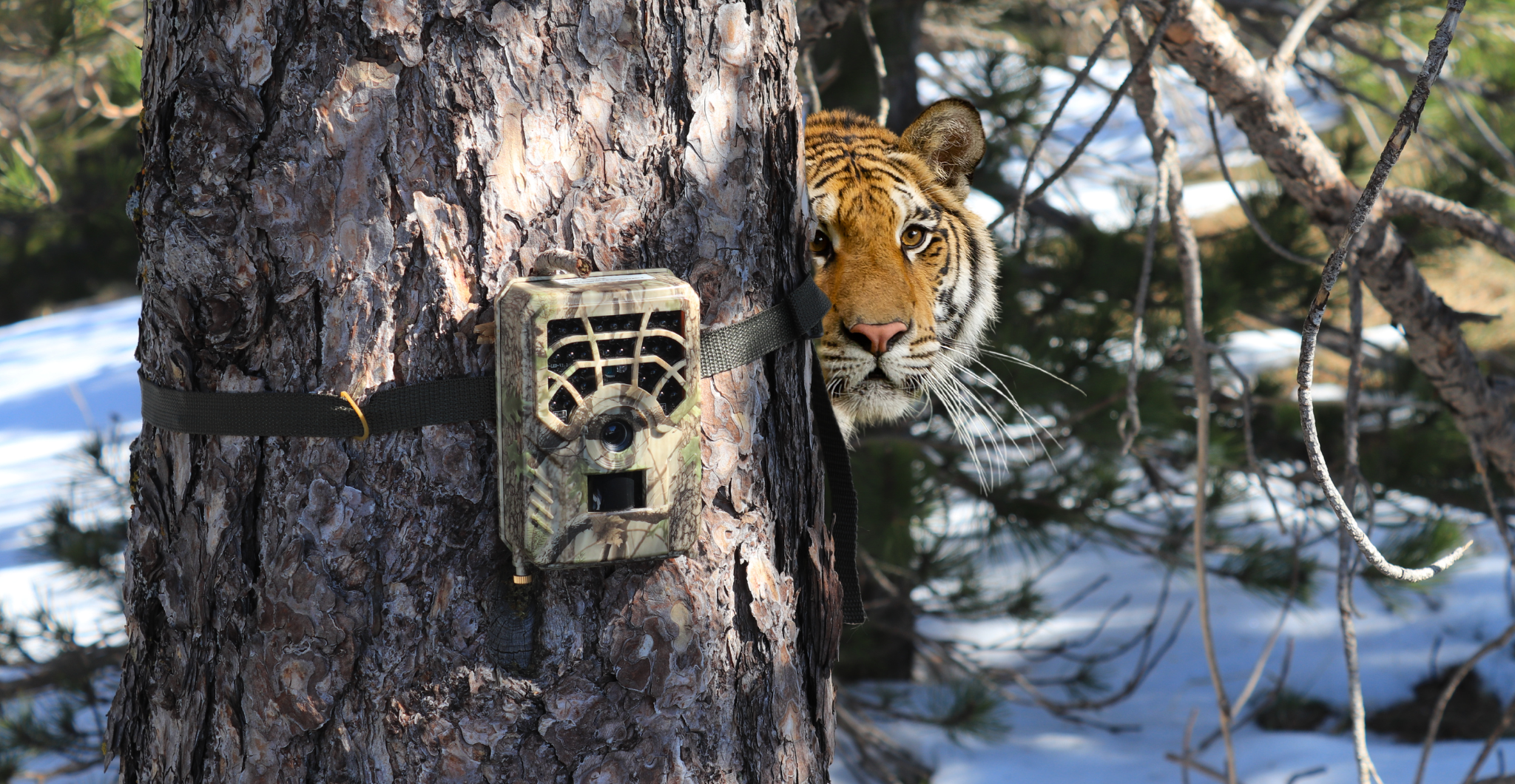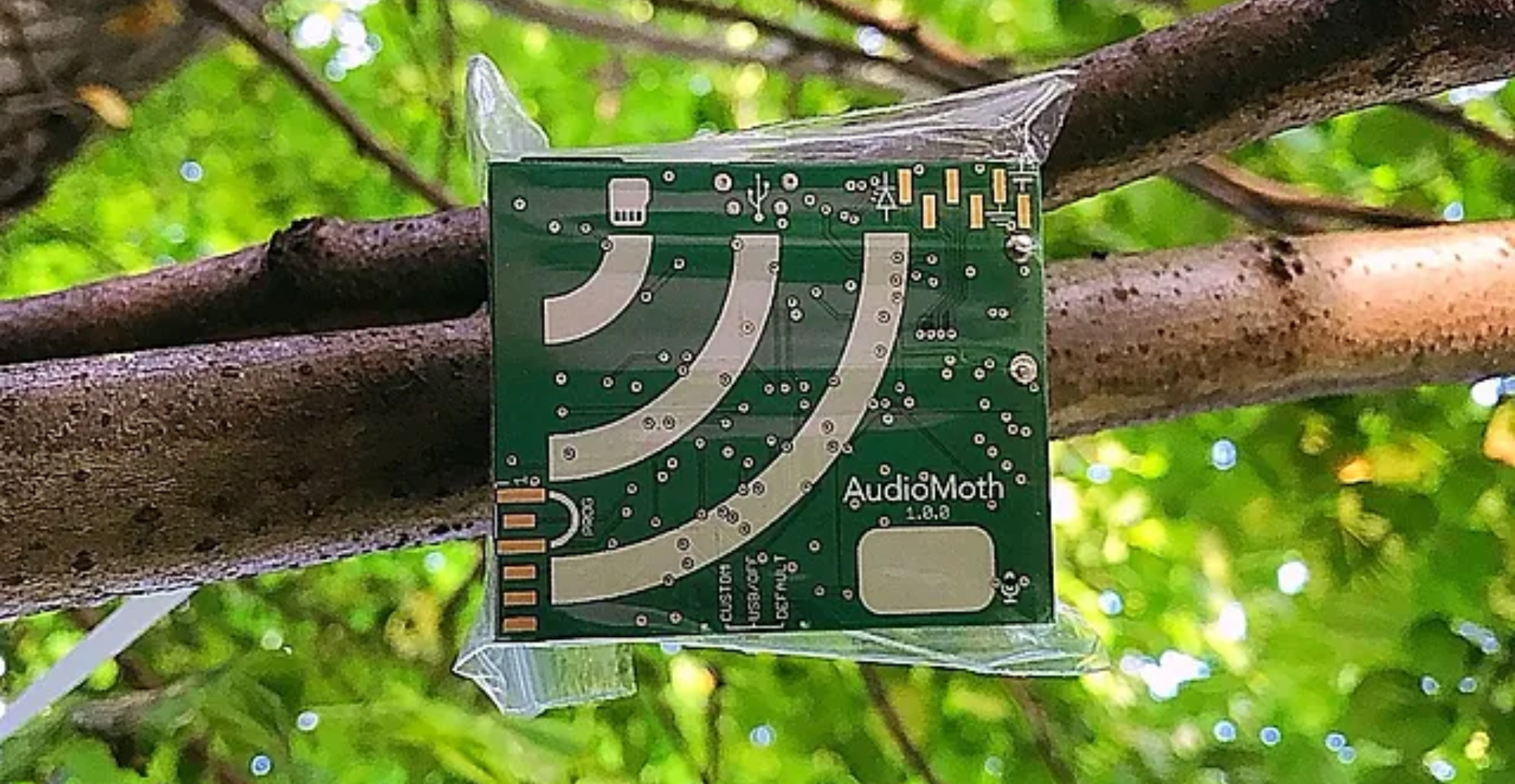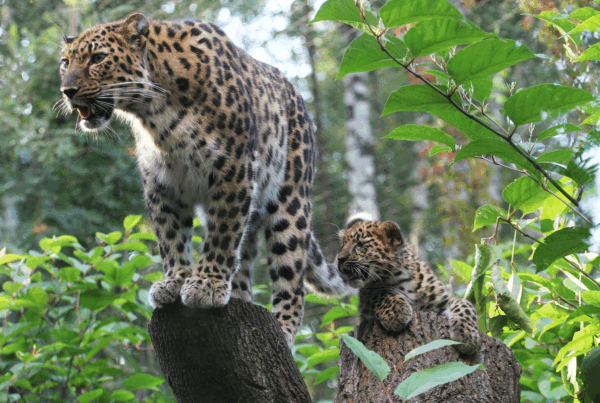In the intricate web of conservation efforts, technology emerges as an ally, offering innovative solutions to safeguard our planet’s majestic big cats. At WildCats Conservation Alliance, we are funding groundbreaking methods to protect these endangered species, and one such tool that has revolutionised our approach is networked sensors. Let’s delve into how these sensors, embedded within the Internet of Things (IoT), are transforming wildlife monitoring and conservation efforts, particularly in the realm of big cat conservation.
Networked sensors serve as the eyes and ears of the interconnected IoT, continuously gathering data from the environment and transmitting it across vast networks. These sensors, equipped with cutting-edge technologies, have become invaluable assets in our mission to protect big cats and their habitats.

Camera Traps: A Window into Big Cat Behaviour
Among the array of networked sensors, camera traps stand out as a powerful tool in capturing glimpses of big cats in their natural habitats. These devices stealthily record images and videos, providing us with invaluable insights into the behaviour and population dynamics of these elusive creatures. From tracking territorial movements to monitoring breeding patterns, camera traps offer a window into the secretive lives of big cats, aiding conservationists in devising targeted protection strategies.
Acoustic Monitoring Devices: Listening to the Roar of Conservation
In the symphony of sounds echoing through the wilderness, acoustic monitoring devices, such as audio moths, play a crucial role in big cat conservation. These devices record environmental sounds, including the distinctive calls of big cats and anthropogenic noises. By analysing these recordings, conservationists can identify species, monitor habitat health, and detect potential threats to big cat populations. Whether it’s the distant roar of a leopard or the subtle rustle of foliage, acoustic monitoring devices empower us to safeguard big cats and their ecosystems.

Pre-networked sensors
Before the advent of networked sensors, monitoring wildlife populations often relied on traditional methods that were time-consuming and less efficient. Conservationists would conduct manual surveys, relying on direct observation, such as animal scat, scratch marks on trees, and pug marks. These methods, while valuable, were limited in scope and often provided only a snapshot of population dynamics. Overall, the absence of networked sensors meant that wildlife monitoring efforts were labor-intensive, less comprehensive, and lacked the real-time data insights that are now possible with modern technology. You can find out more about this in this blog post.





